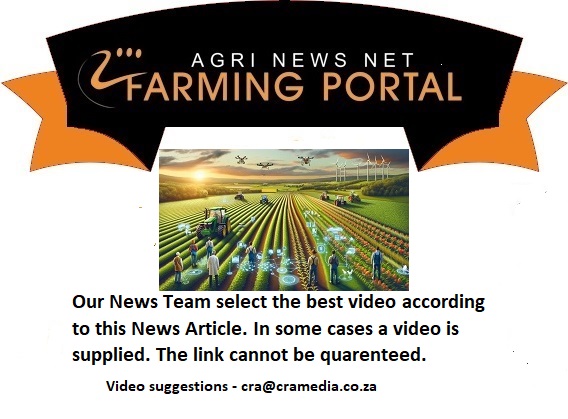In fact, livestock farmers are leading the way toward the future of sustainable agriculture.
Agriculture is one of only two sectors (the other is forestry) that can remove greenhouse gases from the atmosphere. And with tools and strategic farming, cattle can actually accelerate the process of pulling carbon out of the air and storing it in the ground, where it can improve our soils and slow warming.
We cannot realize the full potential of farming livestock sustainably without an accurate understanding of livestock’s current impact on the environment. Livestock farming accounts for 4% of greenhouse gas emissions in the United States and has made remarkable improvements in efficiencies over the past 50 years, making U.S. livestock production among the most productive and environmentally friendly in the world, according to the Environmental Protection Agency.
In the U.S., beef production reduced its carbon footprint by 16% and used 33% less land and 12% less water from 1977 to 2007. Producing a gallon of milk now requires two-thirds less water and 90% less land than producing the same amount of milk in 1944 and has a 63% smaller carbon footprint.
Still, even greater environmental improvements are within reach. At the University of California, Davis, scientists are working with producers to move the needle even further. For example, our programs and research show that feed additives such as seaweed can significantly reduce methane produced during cows’ digestion, which is the primary greenhouse gas associated with livestock production.
California is also a world leader in working with dairy farmers to capture methane emissions from manure and turn them into renewable natural gas using anaerobic digesters. The technology has reduced California’s livestock methane emissions by 25% since 2013, and the state is on track to meet its goal of reducing livestock emissions by 40% by 2030.
Harnessing the power of livestock as a climate change solution requires properly measuring the impacts of different greenhouse gases on the environment, understanding how they are both created and destroyed.
Methane emitted by livestock is created when animals such as cattle digest carbon plants that have previously pulled from the atmosphere through photosynthesis. Methane created and emitted during the animals’ digestion stays in the atmosphere for 12 years before it is broken down into carbon dioxide once again. After 12 years, a near-constant source of methane will break down at roughly the same rate it is emitted, meaning the warming effect of methane remains constant. Reducing methane emissions from our herds will lead to more methane being destroyed in the atmosphere than is being emitted by cattle. Reducing methane reduces warming.
The new Department of Energy-funded study on environmental engineering released Monday doesn't suggest that switching the global diet to a lab-made protein will lead to the horrifying climax of "Soylent Green", but it does suggest that beef will have to be made more scarce.
The report finds that livestock farming could be responsible for as much as 14.5 percent of all man-made greenhouse gas emissions, which are blamed for raising the temperature of the Earth. Cattle alone is responsible for almost two-thirds of that 14.5 percent, the study says.
The study estimates that global meat production could grow as much as 12 percent by 2026 due to population growth and increasing demand due to rising standards of living in lower- and middle-income countries.
On the other hand, carbon dioxide is a “stock gas.” It keeps building up, or increasing stocks, in the atmosphere and increasing warming for 1,000 years and potentially forever because our carbon sinks — oceans, soils, and plants that remove carbon dioxide from the atmosphere — are simply overwhelmed by humans’ love affair with burning fossil fuels.
Some in Congress, such as Rep. Chellie Pingree, author of the Agriculture Resilience Act, and Rep. Kim Schrier, author of the Research to Reduce Agricultural Methane Act, are supporting the power of agriculture to combat climate change. Too many, though, still misunderstand livestock’s environmental footprint and the pathways to solutions.
We need smart legislation, policies, and funding that help farmers, not false promises or silver bullets that claim eliminating livestock is the only path to sustainability. We need real, solutions-oriented action, and we need it quickly. The day when action will be too late is frighteningly soon. Climate-smart livestock farming must not be treated as a political football. The atmosphere has no political affiliation, nor should our commitment to saving it.
















